If you’re new to investing or looking for a way to make your portfolio work smarter, you might have come across ETFswap as an option. But if you’re unsure about how to get started, don’t worry—we’ve got you covered. This guide will walk you through everything you need to know about buying ETFswap, from the basics to the step-by-step process.
What is ETFswap?
Before we dive into how to buy ETFswap, let’s take a quick look at what it actually is. ETFswap is a platform designed for exchanging one ETF (Exchange-Traded Fund) for another. Think of it as a way to switch your investment from one fund to another without having to go through the process of selling your ETF and buying a new one.
It’s a clever way to rebalance your portfolio or take advantage of market shifts without the hassle and cost of traditional trading. Essentially, it lets you “swap” your ETFs for other ETFs that might better match your investment goals—whether you’re looking to shift into a different sector, asset class, or region.
The beauty of ETFswap is its simplicity and potential cost savings. Instead of paying the fees that come with buying and selling ETFs individually, you can swap them directly, often with lower or no transaction fees. This is why it’s getting a lot of attention from investors who want more flexibility with fewer costs.
Why Should You Buy ETFswap?
The appeal of ETFswap goes beyond just saving on transaction fees. Here are a few reasons why you might want to consider buying ETFswap:
- Lower Costs: Traditional ETF trading usually involves brokerage fees when buying or selling. With ETFswap, you often pay lower fees, making it a more cost-effective choice for frequent traders.
- Tax Efficiency: Depending on where you live, ETFswaps can be a tax-efficient way to rebalance your portfolio. Since you’re not technically selling and buying an ETF, some tax laws might not apply.
- Fewer Middlemen: With ETFswap, you don’t need a broker to handle the transactions. That means fewer steps in the process and potentially faster swaps.
- Flexibility: ETFswap gives you the flexibility to adjust your portfolio more easily. Whether you want more exposure to emerging markets or a specific sector, it’s much simpler to make the switch without having to go through traditional buying and selling.
How to Buy ETFswap: A Step-by-Step Guide
Now, let’s get to the good part—how to actually buy ETFswap. While the process is pretty straightforward, there are a few key steps you need to follow to make sure everything goes smoothly.
Step 1: Choose a Platform
The first thing you’ll need to do is choose a platform that supports ETFswap. Several investment platforms offer ETF swapping services, so it’s important to find one that fits your needs.
When you’re shopping around for a platform, here are a few things to consider:
- Fees: Make sure the platform has clear and reasonable fees. Some platforms offer free swaps, while others charge a small fee per transaction.
- Ease of Use: You want a platform that’s easy to navigate, especially if you’re just starting out. Look for one that’s user-friendly with simple instructions.
- Security: Since you’ll be dealing with money, make sure the platform has strong security measures in place to protect your personal and financial information.
Some popular ETFswap platforms include robo-advisors or brokerage accounts that offer ETF swapping as a part of their service. Do your research and pick the one that aligns with your goals.
Step 2: Open an Account
Once you’ve chosen your platform, the next step is to open an account. This is similar to opening a standard brokerage account, and you’ll need to provide some personal details like your name, contact info, and financial background.
Most platforms will also ask about your investment goals and risk tolerance. This helps them recommend swaps that align with your financial objectives.
Step 3: Fund Your Account
Next, you’ll need to deposit funds into your account. Most platforms accept various payment methods, like bank transfers, credit cards, or even PayPal. Just check to see if there are any fees associated with depositing funds, as some platforms charge for certain deposit methods.
Once your account is funded, you’re ready to move on to the next step.
Step 4: Select the ETFs You Want to Swap
Now that your account is all set up, it’s time to decide which ETFs you want to swap. This part is crucial because you’ll want to make sure you’re choosing ETFs that align with your investment strategy.
Most platforms let you filter through ETFs based on things like sector, region, risk level, and more. Take some time to explore your options—do you want to get more exposure to tech? Or are you looking for international stocks or bonds? The choice is yours.
If you’re not sure where to start, some platforms offer recommendations based on your investment profile or even past trades. If you’re new to this, it might be a good idea to ask for guidance or consult with a financial advisor.
Step 5: Execute the Swap
Once you’ve picked your ETFs, you’re ready to initiate the swap. The platform will guide you through the process, and typically, all you need to do is specify how much of your current ETF you want to swap and which ETF you’d like to swap it for.
This is the part where things usually get pretty easy. Most platforms have an intuitive interface, and the process doesn’t take long—often just a few clicks.
Step 6: Confirm the Swap
Before the swap is finalized, you’ll be given a chance to review the details. Double-check that everything looks good—make sure you’re swapping the right ETFs, and check the swap fee if there’s one involved. Once you’ve confirmed all the details, go ahead and hit “Confirm” or “Execute.”
At this point, the platform will take care of the rest. Your new ETF will be in your portfolio, and the process is complete.
Step 7: Monitor Your Portfolio
Once the swap is done, it’s important to keep an eye on your new holdings. Platforms usually offer tools to help you track your portfolio’s performance, which is especially helpful if you’re swapping ETFs as part of a larger strategy.
Regular monitoring will ensure that your portfolio stays in line with your goals and that you can make adjustments as needed in the future.
Things to Keep in Mind Before Buying ETFswap
Although ETFswap offers plenty of benefits, there are a few things to consider before diving in.
- Transaction Fees: While ETFswap can be cheaper than traditional ETF trading, make sure you understand the fee structure of the platform you choose. Some platforms charge fees for each swap, while others offer free trades with certain conditions.
- Tax Considerations: Depending on your country’s tax laws, swapping ETFs could still trigger taxable events, even though you’re not technically selling them. Be sure to check with a tax professional to understand how ETFswaps might affect your taxes.
- Diversification: As with any investment, it’s important not to put all your eggs in one basket. Make sure that the ETFs you swap into help diversify your portfolio and match your long-term goals.
Final Thoughts
Buying ETFswap is a great way to take more control over your investments, streamline your portfolio management, and save on transaction costs. Whether you’re new to investing or a seasoned pro, ETFswap can be a smart tool for optimizing your portfolio with fewer fees and greater flexibility. Just make sure to do your research, choose the right platform, and monitor your investments regularly to stay on track with your goals.
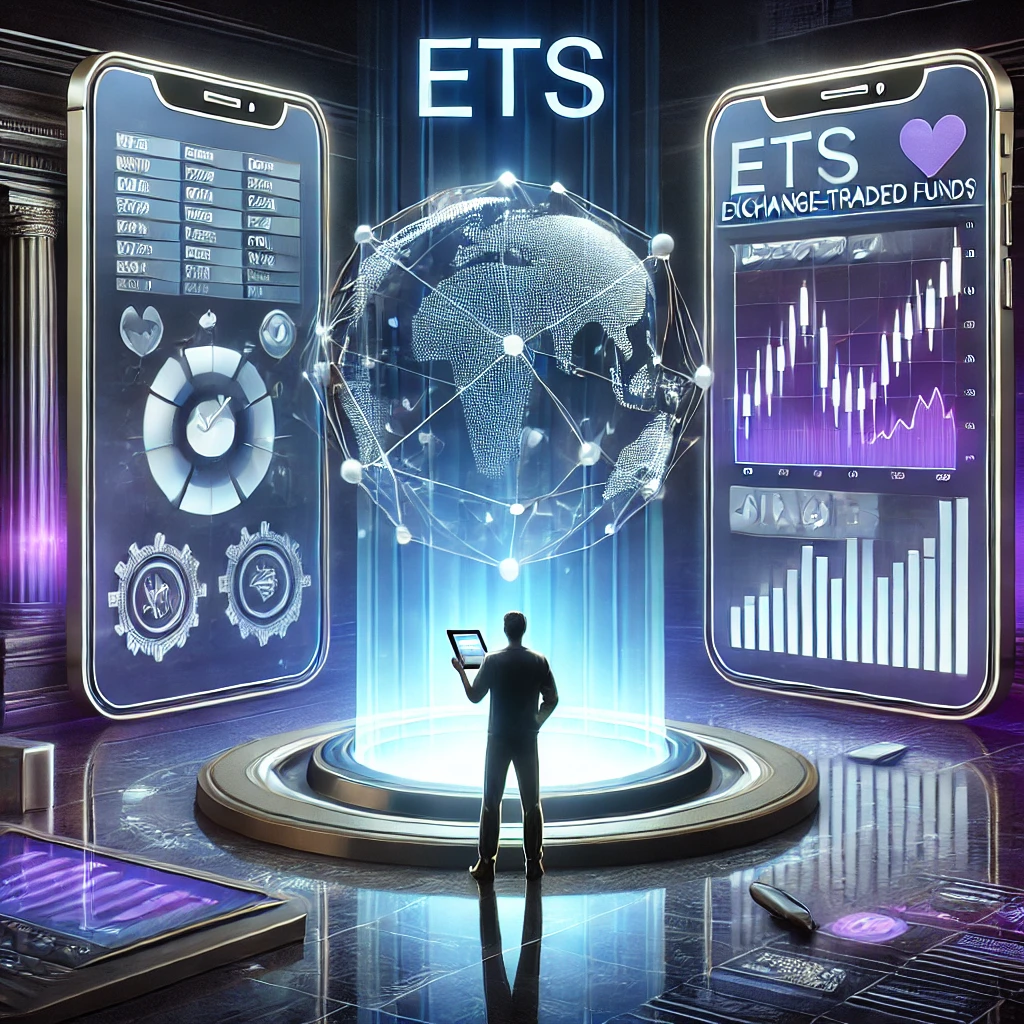

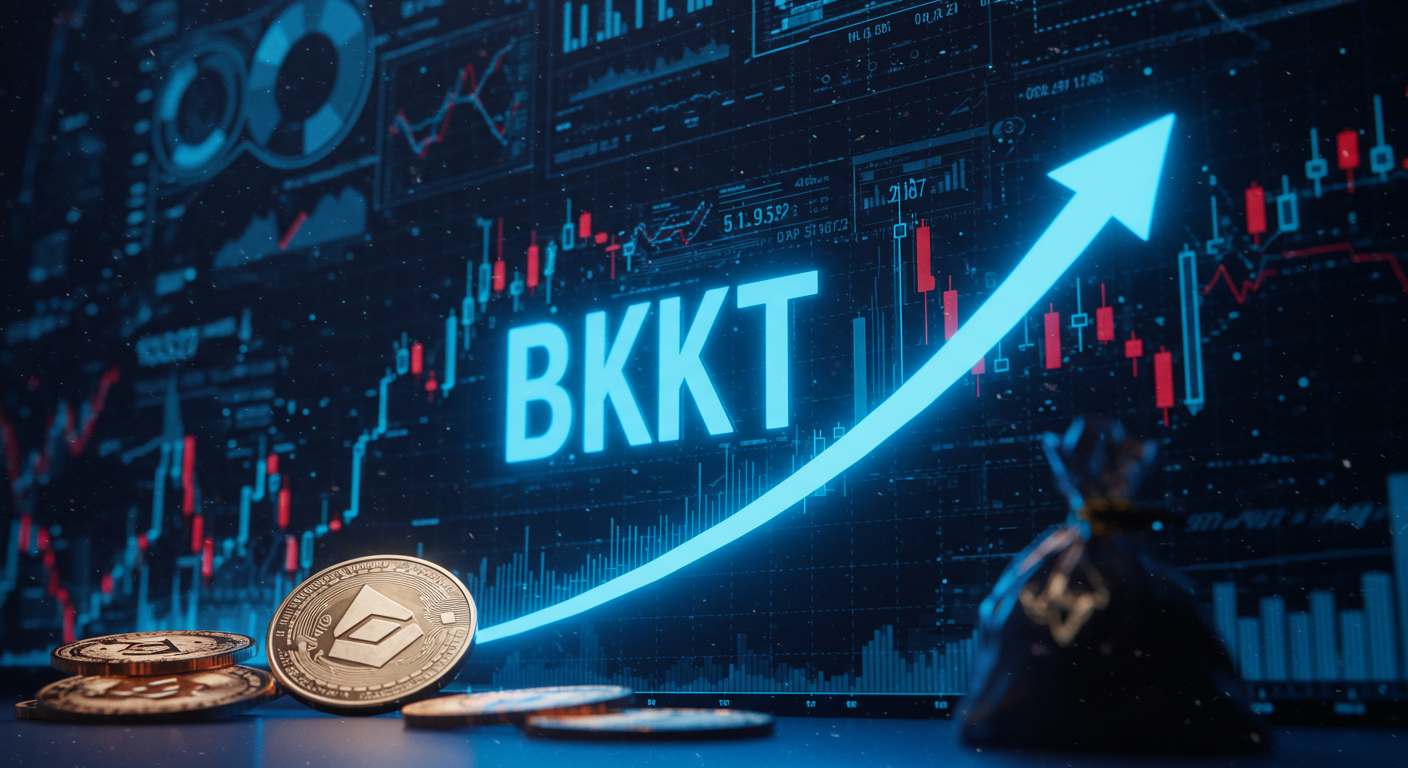

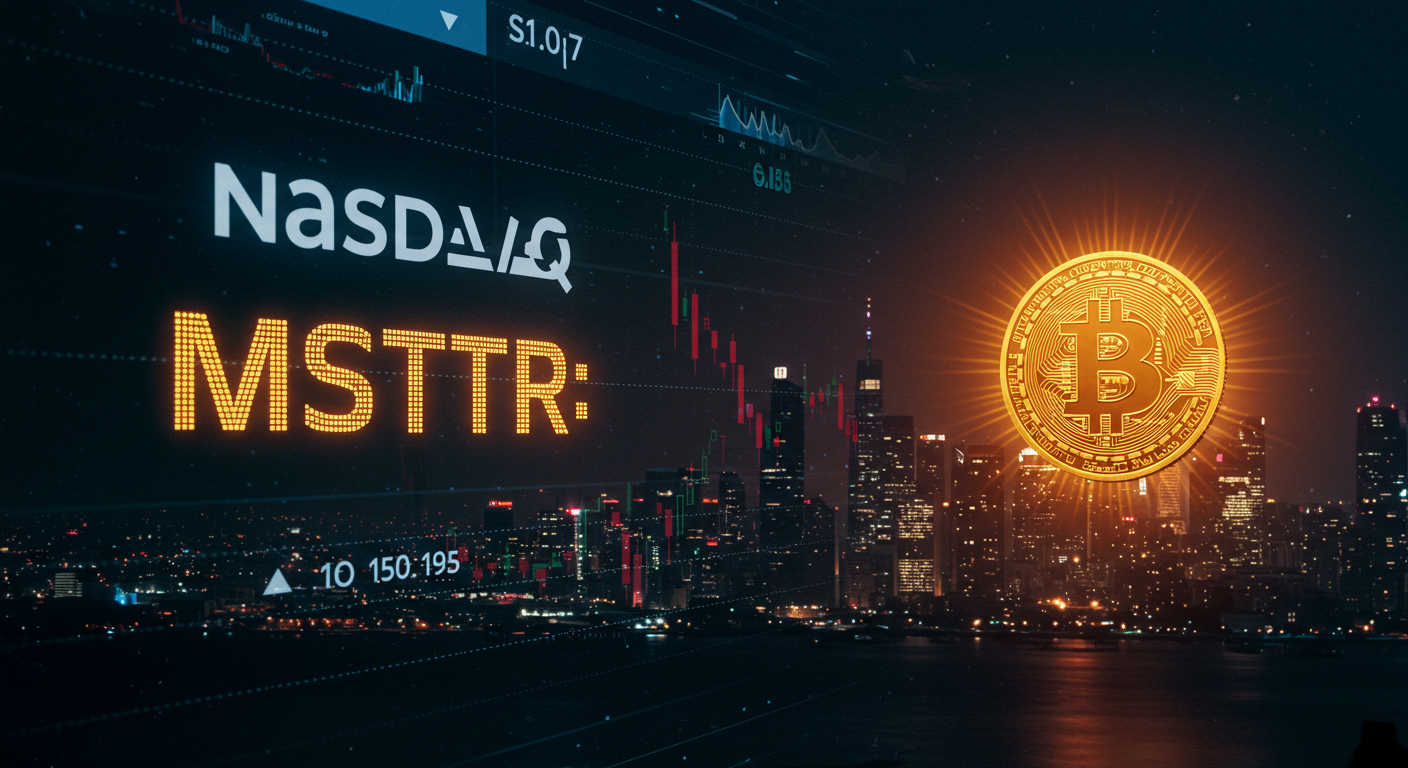




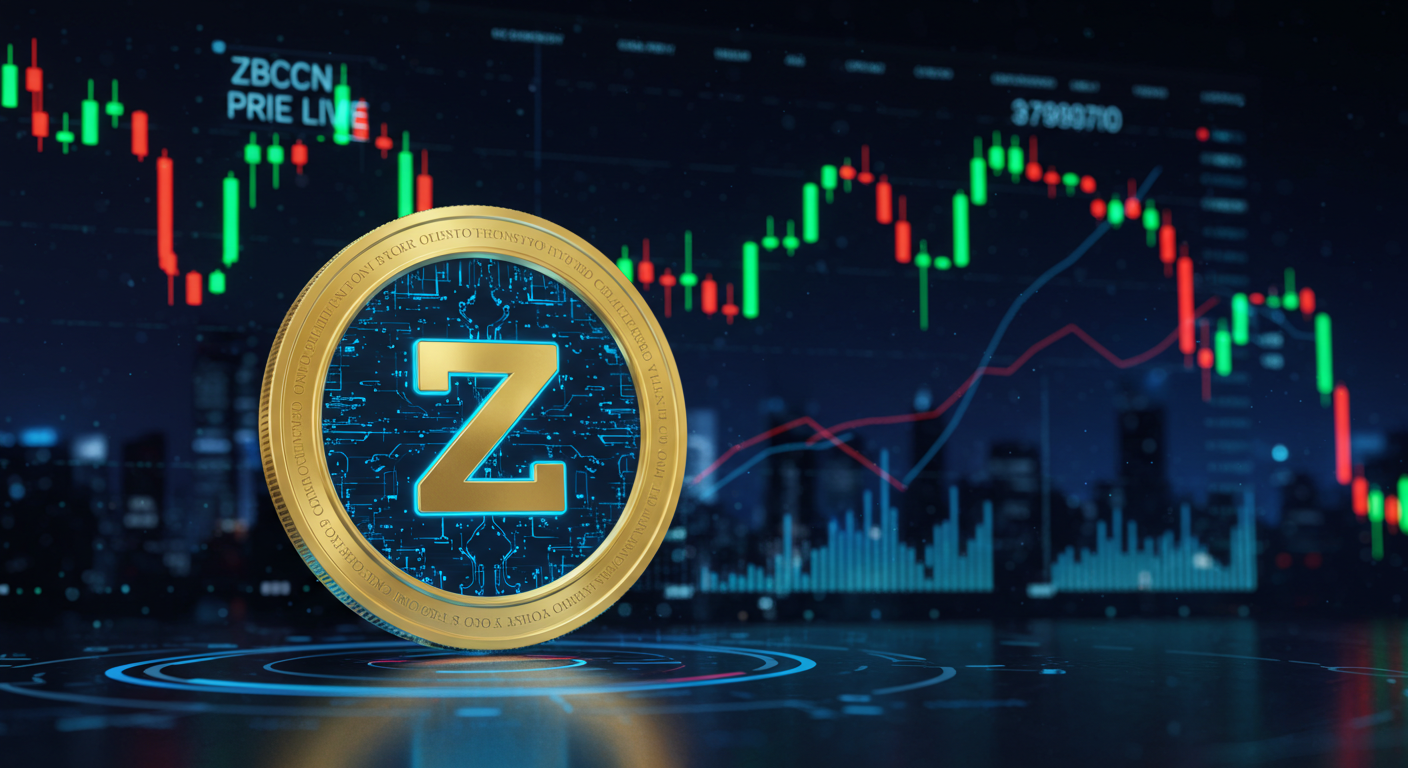

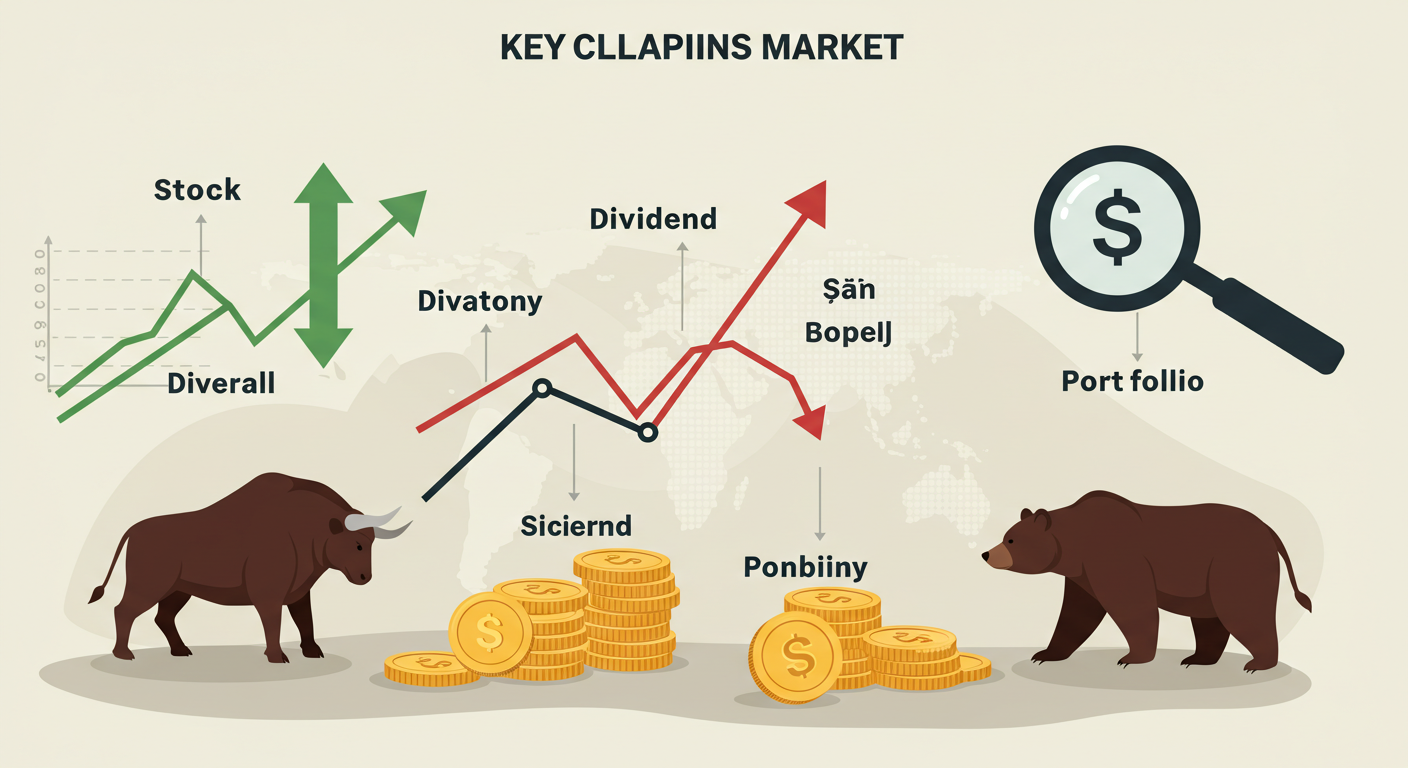
Leave a Reply